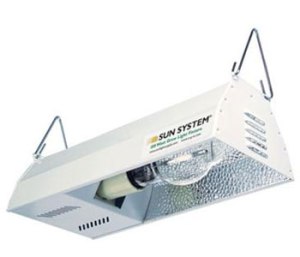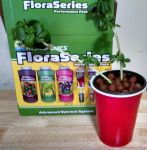What can go wrong?
Once you know the problems that can arise and how to avoid or deal with them, you’ll grow a garden you can be proud of.
Plant Selection
Different plants have different needs. Research the plant care. Many houseplants are native to tropical areas and are best for growing in the home because temperatures are similar. Plants from colder climates, such as azaleas, chrysanthemums, roses, etc., that require cooler temperatures can be difficult to grow indoors. Local nurseries are the best resource for providing proper varieties of plants for your climate; and proper plant care for the type of plants you are growing.
Insufficient Light
Plants need enough light to grow, which can be problematic if you’re living in an apartment building or rental unit that doesn’t get enough sunlight. Houseplants grow fine under most indoor lights.
If you are wanting to produce a harvest of something consumable, such as growing vegetables, herbs and more exotic houseplants, you will probably need more than a basic florescent light.
If you’re interested in more information on grow lights, I found this article to be thorough, Understanding the Different Types of Grow Lights Available by Chris Bond.
Environmental Problems
Certain plants in your indoor garden require some level of moisture to stay alive. Some appliances in your home can dry out the air though, such as heaters. The common method for avoiding this problem is to spray the plant leaves with water at least once a day. A humidifier may be a worthwhile investment as well, to keep the air from drying out.
Overuse of Fertilizers

Too much fertilizer is bad to use on your plants. Do your research on the plants that you are growing. Check the manufacturer’s recommendations and seek out independent reviews on the product. Err on the side of caution, start out by using less than the recommendations, depending on the plant, this can be by as much as half. One sure sign that you’re using too much is dark green to browning in the leaves. If you’re not sure what to get, ask the nursery where you purchased the plant for advice, or call your local state’s cooperative extension office.
Improper Watering
You can give your plants too much water, and you can dry out your plants roots by giving them too little water. Your indoor garden needs the right amount of water to do well. Often the signs of over-watering are the plant leaves start decaying. Make sure the containers and pots have drainage. Buy containers that already have proper drainage; otherwise, drill holes at the bottom of the containers yourself. Hydroponics systems need an air-pump to aerate the water, and/or a water pump for circulating the water and keeping it oxygenated.
Pests, Bacteria and Infections
Indoor gardens are susceptible to disease and infections, no matter how well you look after them. When researching your plants, identify what problems other people have had growing those plants. What worked for them and what didn’t. Ask for help at your local hydroponics store; try to use fungicides and organic solutions to keep your plants healthy.
As with most things in life, prevention is the key. Keep the environment clean by pruning plants, removing dead and dying matter, and disinfecting as needed. Temperature, relative-humidity, and air circulation are factors for maintaining an optimum growing environment, which will greatly reduce the risk of pests and infections.
Next: Maintaining your Indoor Garden
Please share with friends and click follow to receive a notification when I publish a new article. As I receive feedback from you, I will update these sections, so don’t be afraid to comment or send me your questions directly.








Leave a comment